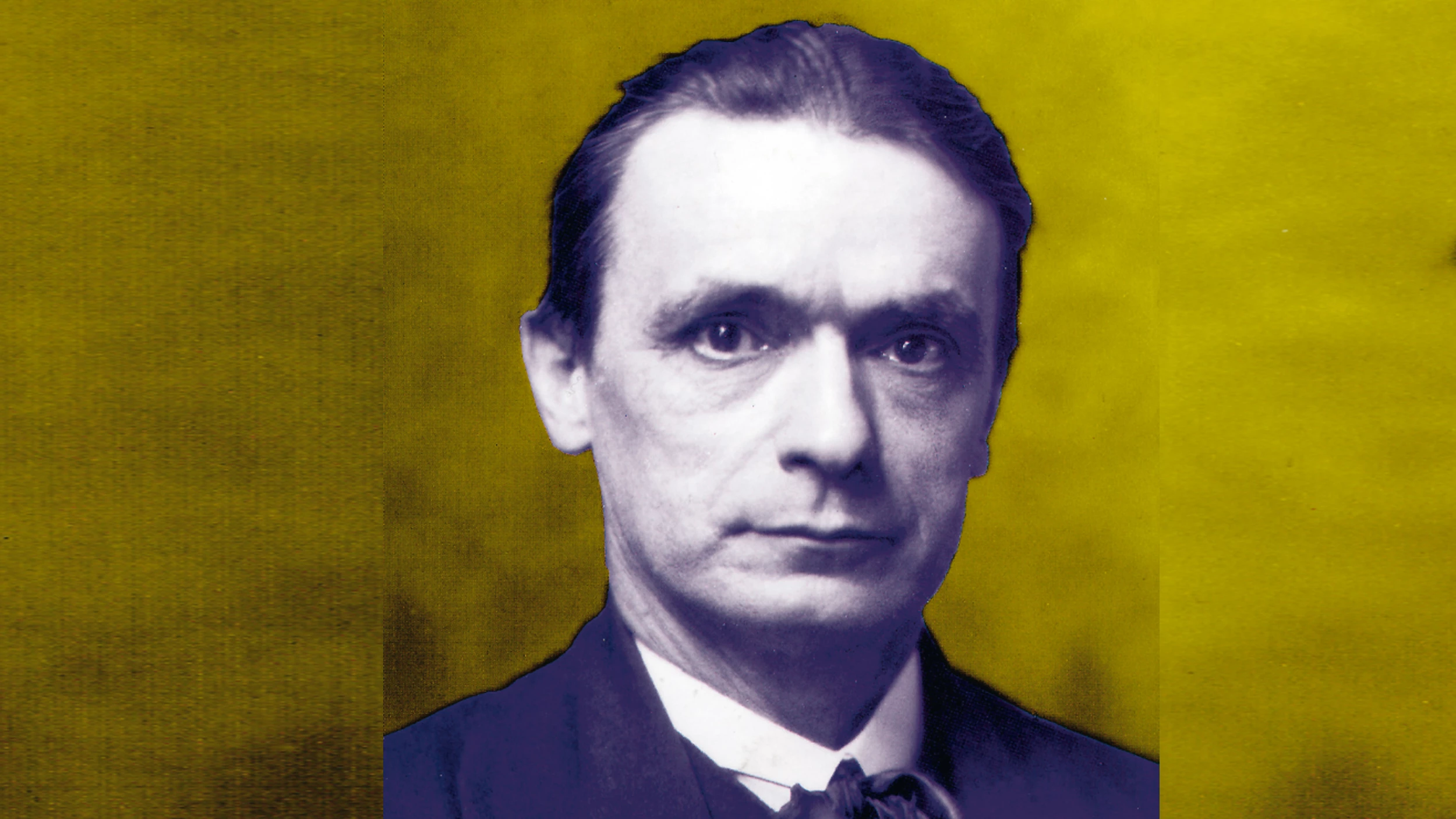
Since we are wary of prophets, Rudolf Steiner today is practically unknown. The 150th anniversary of the death of the thinker and architect (see Arquitectura Viva 137) served to fish him out of oblivion through four biographies published in German. None is translated to Spanish, so the book by Lachman partly covers a historiographic void.
Molded by New Age sensibilities and devoted to his subject, Lachman makes a pleasant-to-read profile of a multifaceted, contradictory man who could weed Kantian epistemology, invent new methods for calculating concrete structures, describe life in Atlantis, or attribute Marx’s hate of capitalism to a previous life as an expropriated landowner.
Born in 1861 in the Austro-Hungarian Empire, Steiner reconciled his esoteric neoromantic vocation with a rare rigor of logic that soon put him in close terms with the thinking of Hegel, Nietzsche, or Goethe, whose archives he became editor of at only 23. His career took off around 1900, when he broke with Madame Blavatsky’s Theosophy to create his own Anthroposophy, where the most absurd theses about the cosmos merged with a practical philosophy based on the eurythmy of bodies and minds. Thus his fame in half of Europe. It was this fame that made him an architect. His own Bayreuth, the Goetheanum, is a unique building of the 20th century. Shortly before dying in 1925, Steiner prophesied the end of civilized Europe. Indeed, when completed in 1929, the Goetheanum was already an anachronism: there was no more room for romanticisms.







